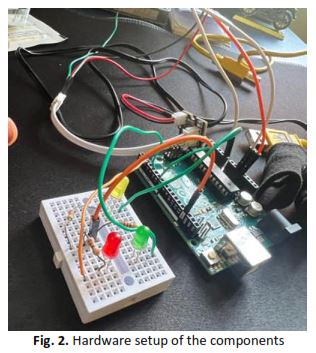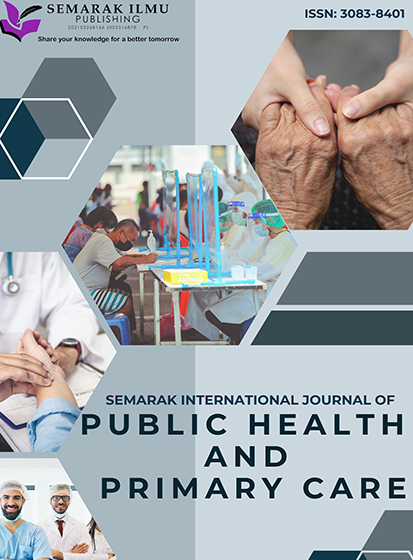Development and Evaluation of the Inner Peace Meter: A Galvanic Skin Response-Based Stress Monitoring System
DOI:
https://doi.org/10.37934/sijphpc.4.1.1426Keywords:
Stress monitoring, Galvanic Skin Response (GSR), electrodermal activity (EDA), wearable health technology, biofeedback therapyAbstract
Stress is a critical physiological and psychological response that affects individuals across various domains, including healthcare, workplaces, and academic settings. Conventional stress assessment methods, such as self-report surveys and heart rate monitoring, often lack objectivity or require complex instrumentation. This necessitates the development of alternative, non-invasive stress monitoring techniques. This study aims to develop and evaluate a portable Galvanic Skin Response (GSR) sensor prototype for real-time stress monitoring. The device is designed to improve the accuracy and accessibility of stress detection through continuous skin conductance measurements. The Inner Peace Meter prototype was developed using a GSR sensor, an Arduino Uno microcontroller, and LED indicators to visualize stress levels. The system was tested on volunteers under controlled conditions, including relaxation and stress-inducing tasks. A moving average filter was applied to stabilize sensor readings, and calibration was performed to account for individual differences in skin conductivity. The device successfully detected stress fluctuations, with red LEDs indicating heightened stress, green LEDs signaling relaxation, and yellow LEDs representing stable conditions. Quantitative analysis showed a strong correlation between stress-inducing activities and increased GSR readings. Challenges related to environmental factors and individual variability were addressed through calibration and optimized sensor placement. The Inner Peace Meter demonstrates a reliable and cost-effective approach to stress monitoring, with potential applications in mental health, biofeedback therapy, and wearable health technology. Future enhancements, such as smartphone integration and wireless data logging, could further improve usability and expand its practical applications.









